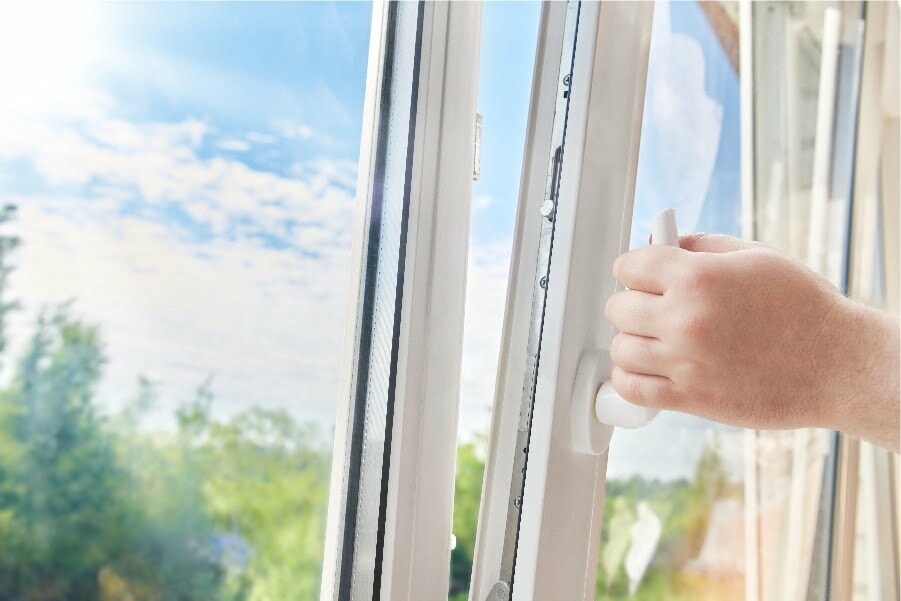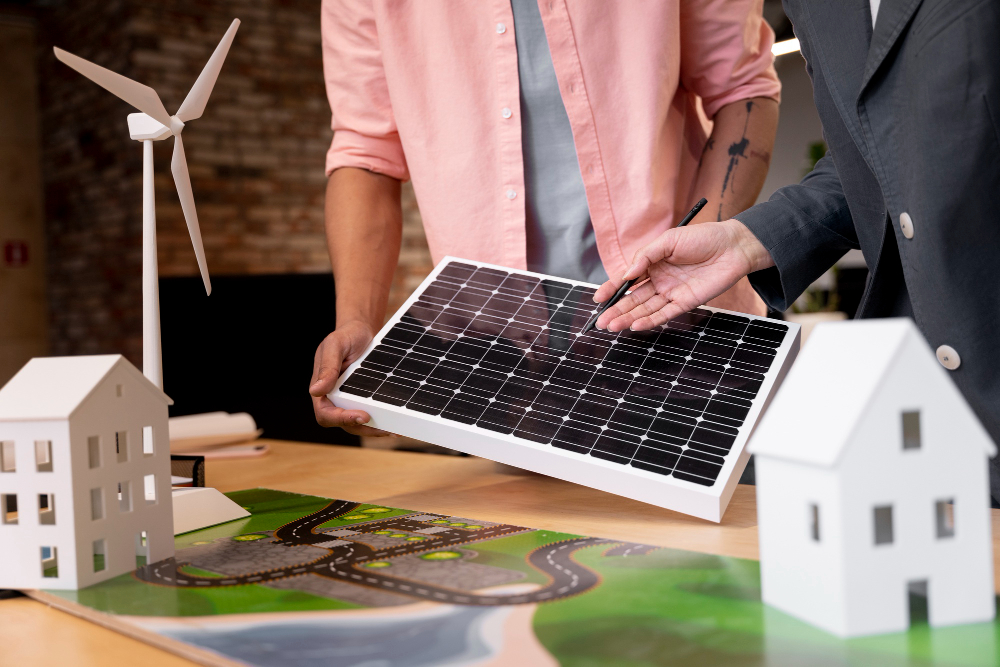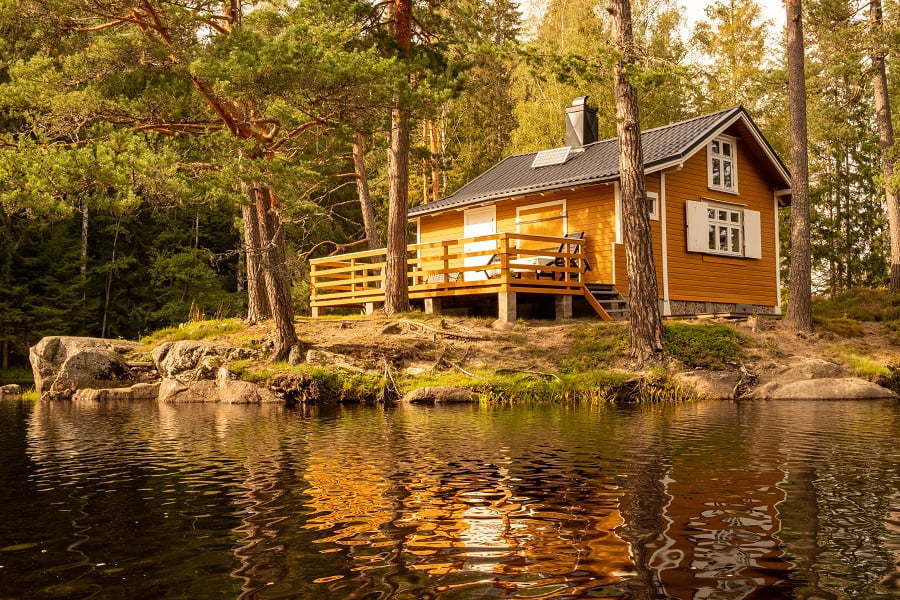Last updated on
Make sure you do these things and avoid the don’ts to install energy-efficient windows properly. Read on!
Energy efficiency is the practice of using less energy to fulfill our daily needs, and many people are embracing it in their homes and workplaces. A popular method for increasing energy efficiency is by installing energy-efficient windows.
These windows reduce heat loss and gain through their surfaces, leading to decreased reliance on HVAC systems for indoor temperature control and lower energy bills.
To fully enjoy the benefits of energy-efficient windows, proper installation is crucial. This guide covers the dos and don’ts for successful energy-efficient window installation.
The Dos

Make sure you do these things when installing windows.
1. Choose Your Ideal Window Type
Contrary to popular belief, energy efficiency does not require sacrificing aesthetics for functionality. You can achieve energy efficiency with various window types, so choose the one that best suits your needs and preferences. Common Marvin windows include double-hung, casement, sliding, bay, and awning, each differing in operating mechanisms, styles, and materials. Scouting various window types allows you to make an informed decision based on available options rather than settling for the most common choice.
2. Work with a Qualified Contractor
A qualified contractor is essential for ensuring your windows’ energy efficiency, as installation techniques greatly impact their performance. Air leaks and gaps left after installation can lead to heat loss and gain, negating the desired energy efficiency. Make sure to verify a contractor’s qualifications by asking for certifications and reviewing their portfolio.
3. Buy Energy-Efficient Glazing
Glazing, or the glass portion of the window, is a significant factor in a window’s energy efficiency. When purchasing glazing, consider the following aspects:
- Visible Transmittance (VT): The ideal VT range is between 0.5 and 0.7, which allows natural light into your home without causing excessive heat gain.
- U-Value: A lower u-value indicates higher energy efficiency, as it measures the amount of heat allowed through the glass. U-values typically range between 0.2 and 1.20.
- Solar Heat Gain Coefficient (SHGC): A lower SHGC means the window is more energy-efficient, as it measures the proportion of solar radiation passing through the glass compared to the total amount striking the glass.
- Energy Star: Regulating bodies use star ratings to indicate a window’s energy efficiency. More stars indicate greater efficiency.
Consult your vendor or window contractor for assistance in selecting the right double-glazed window for your needs.
4. Consider Additional Insulation
Improving the insulation around your windows can help further enhance their energy efficiency. Caulking and weatherstripping are simple, cost-effective methods to seal air leaks and gaps around your window frames. For even better results, consider investing in high-performance insulation materials, such as spray foam or rigid foam board, to minimize heat transfer and maintain comfortable indoor temperatures.
By incorporating these tips, you can maximize the benefits of your energy-efficient windows and create a more comfortable, sustainable living environment. Remember that energy efficiency is not just about the windows themselves but also how you manage and maintain them to ensure optimal performance over time.
The Don’ts

Here’s what not to do as you install energy-efficient windows:
1. Do Not Forget to Consider Costs
While affordability is important, the initial costs of energy-efficient windows will impact your future energy consumption expenses. Strive to balance short-term costs, such as purchase and installation, with long-term maintenance costs while staying within your budget.
2. Do Not Forget to Inquire About Permits
Building regulations vary by location, and some areas require permits for certain projects, including installing energy-efficient windows. Check local laws to ensure you are in compliance.
3. Do Not Overlook Proper Ventilation
While energy-efficient windows help minimize heat loss and gain, it is essential not to overlook the importance of proper ventilation. Good air circulation is vital for maintaining a healthy indoor environment and preventing moisture-related issues like mold and mildew. When planning your window installation, ensure that you have an adequate ventilation system in place to balance energy efficiency with indoor air quality.
4. Do Not Ignore Your Home’s Architectural Style
When selecting energy-efficient windows, it is crucial to consider the architectural style of your home. While energy efficiency should be a priority, it is also essential that your windows complement your home’s aesthetic. Take the time to research and select windows that not only provide energy-saving benefits but also enhance your home’s overall appearance.
5. Do Not Neglect Window Orientation and Shading
Window orientation and shading play a crucial role in maximizing the energy efficiency of your windows. Be mindful of the direction your windows are facing and how this impacts heat gain and loss throughout the day.
Additionally, consider external shading options, such as awnings, pergolas, or strategically placed trees, to reduce solar heat gain during the summer months.
6. Do Not Rush the Installation Process
Installing energy-efficient windows is a significant investment, and rushing the process can lead to suboptimal results. Take your time to research and compare different window types, materials, and contractors to ensure you make the best decisions for your home.
Additionally, allow your contractor enough time to complete the installation properly, as cutting corners could negatively impact your windows’ performance and longevity.
Keeping these points in mind will help you create a comfortable, energy-efficient living space that meets your needs and preferences.
The Takeaway
Proper installation of energy-efficient windows requires choosing the right windows, hiring a qualified contractor, and adhering to laws and regulations, all without breaking the bank. By following the tips in this guide, you can successfully execute your energy-efficient window project.
Related reading:
Table of Contents





